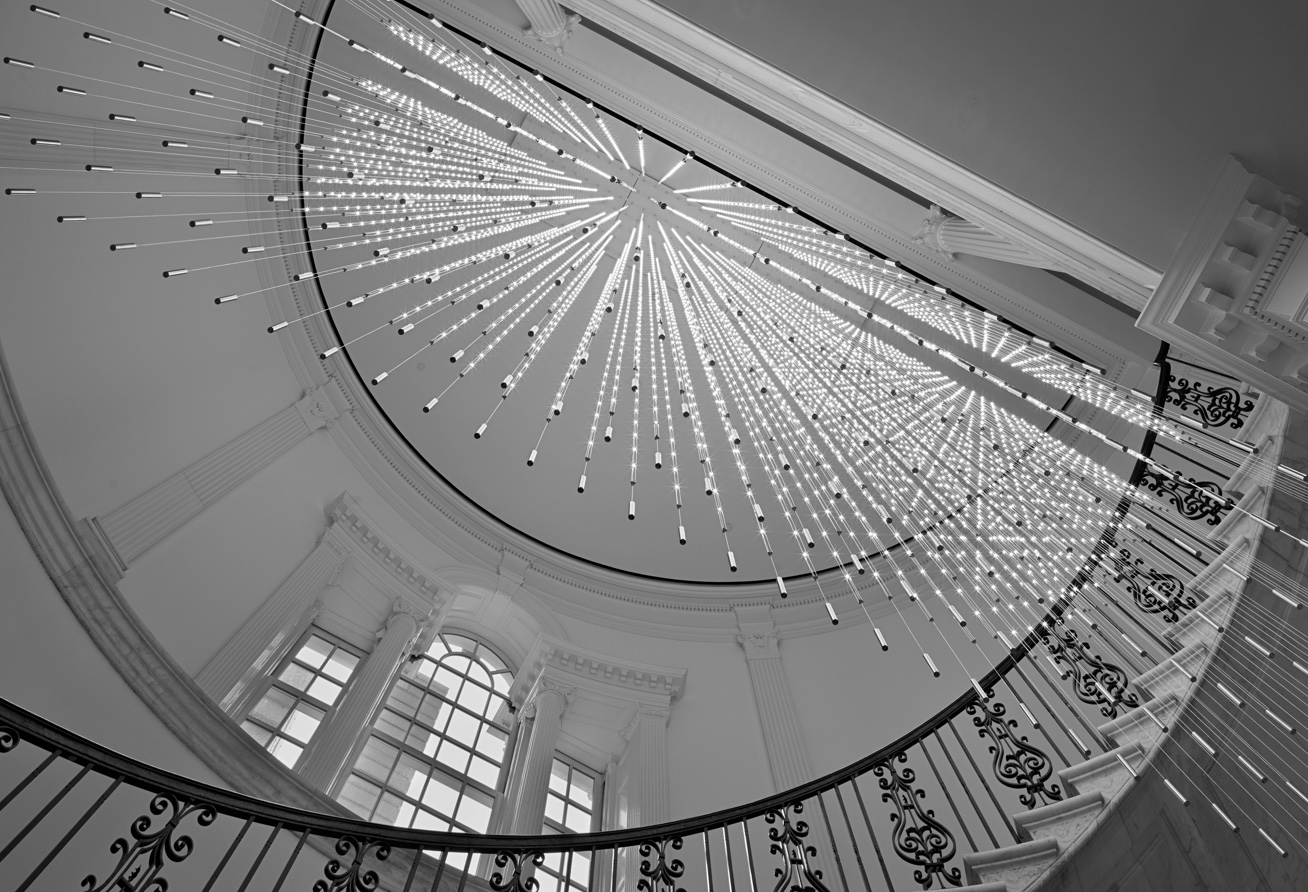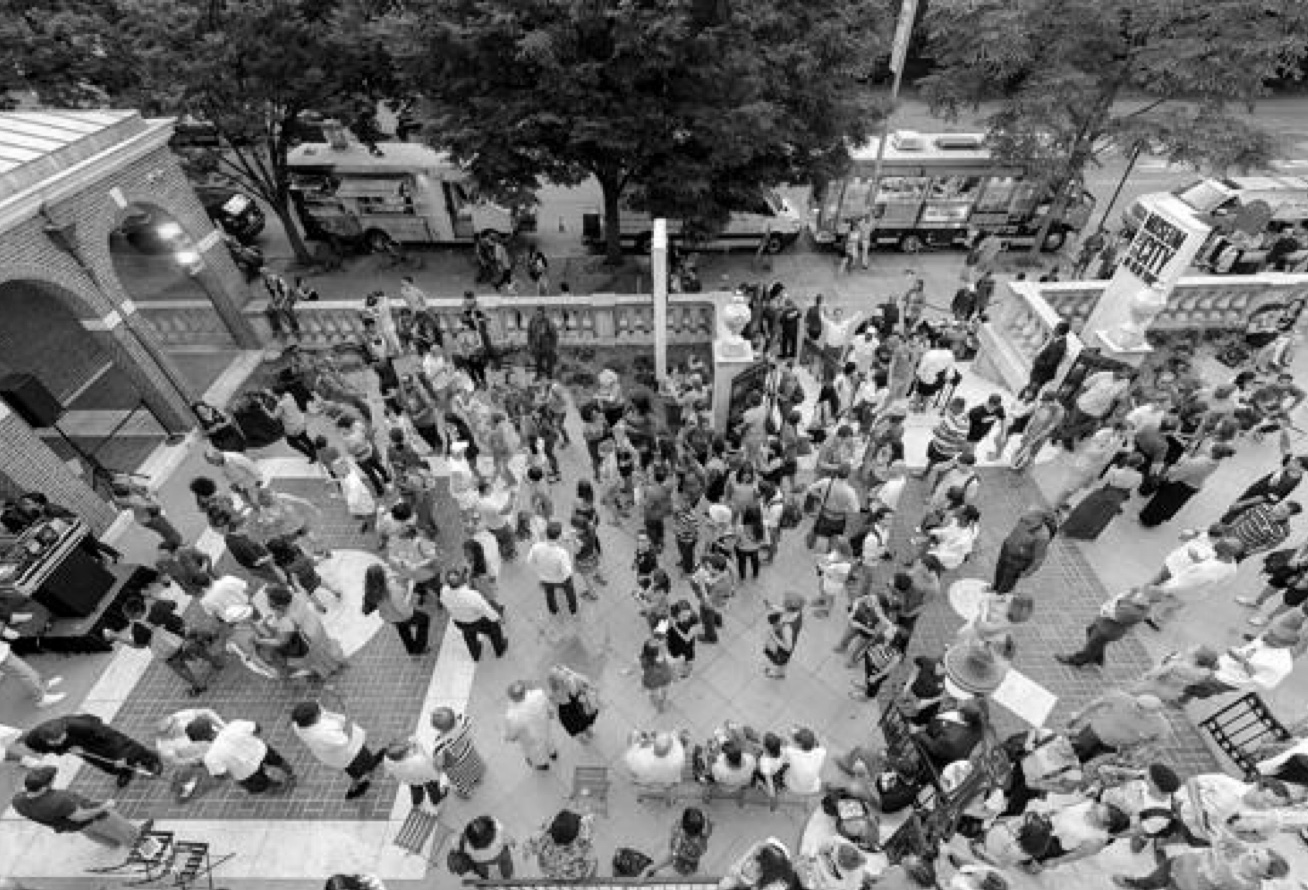Take New York City Out of the War
Protesting Vietnam
1965-1975
Ongoing
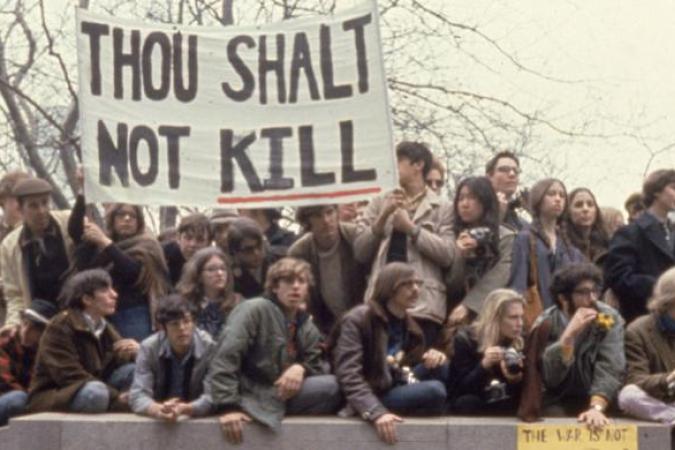
Back to Exhibitions
On April 15, 1967, as many as 400,000 protesters marched from Central Park to the United Nations to demand an end to U.S. military involvement in Vietnam, with Martin Luther King Jr. leading the way. It was the largest antiwar demonstration in U.S. history to date.
The march was planned by the Spring Mobilization Committee to End the War in Vietnam (“the Mobe”), a loose coalition spearheaded by 82-year-old New York peace activist A.J. Muste. The Mobe reflected alliances between the city’s longtime pacifists and a new generation of radical youth who sought to end the war and change the world.
New York was home to many of the nation’s key antiwar organizations, which attracted a diverse range of antiwar youth, artists, veterans, elected officials, and the middle class. But conflict over the war also increasingly divided the city: in 1970, construction workers attacked antiwar protesters on Wall Street in what became known as the “Hard Hat Riot.”
In 1975, after more than 4,000 New Yorkers had died in Indochina, protesters gathered again in Central Park to commemorate the war’s end, but trauma and divisions from the Vietnam War remained.
Meet the Activists
Phil Ochs
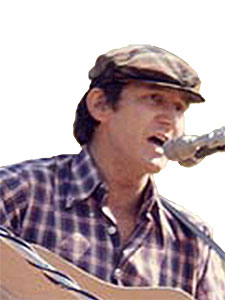
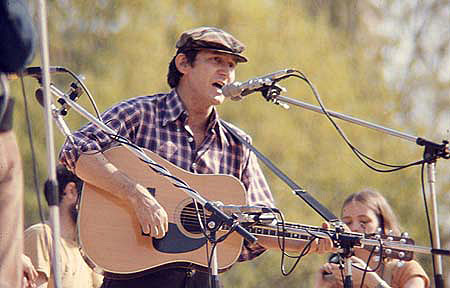
Phil Ochs
Folksinger and activist Phil Ochs co-organized and performed at a Central Park event celebrating the war’s end in 1975. On May 11, 50,000 New Yorkers gathered in Sheep Meadow for “The War Is Over!” after the U.S.-backed South Vietnamese government surrendered to the North Vietnamese. More than 58,000 Americans had died in Vietnam, including 4,000 New Yorkers; some estimates of Vietnamese killed in the war surpass three million. Nicknamed the “singing journalist,” Ochs often criticized American foreign policy and crafted songs about current affairs.
Image Info: Mark Sarfati, 1975, Courtesy of Mark Sarfati.
A.J. Muste
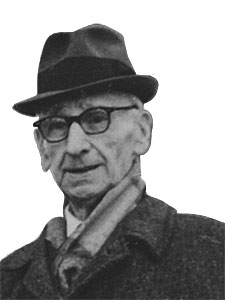
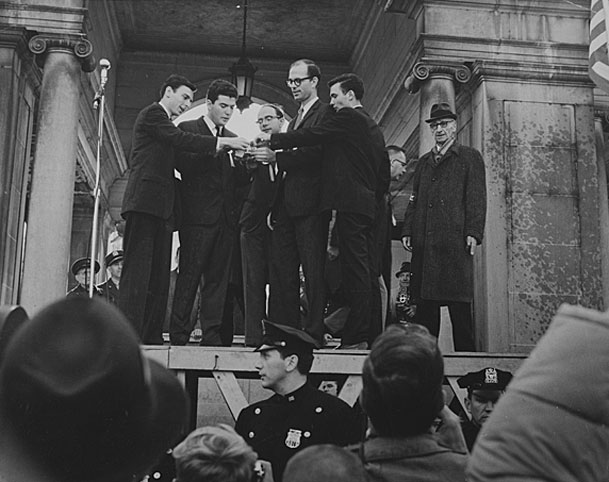
A.J. Muste
Lifelong activist and minister A.J. Muste spent his final years opposing the Vietnam War. A pacifist since World War I, Muste united various factions of the antiwar movement and headed the Spring Mobilization Committee to End the War in Vietnam (“the Mobe”) coalition, which, after Muste’s death in 1966, went on to lead the largest antiwar demonstration in history in New York in April 1967. Here Muste stands near Tom Cornell, Marc Edelman, Roy Lisker, Jim Wilson, and David McReynolds (left to right) as they illegally burned their draft cards in Union Square in November 1965.
Image Info: Neil Haworth, 1965, Courtesy of War Resisters League.
Dennis Mora
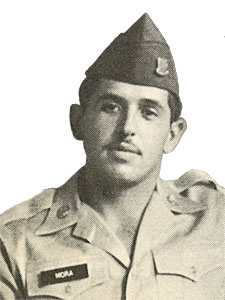
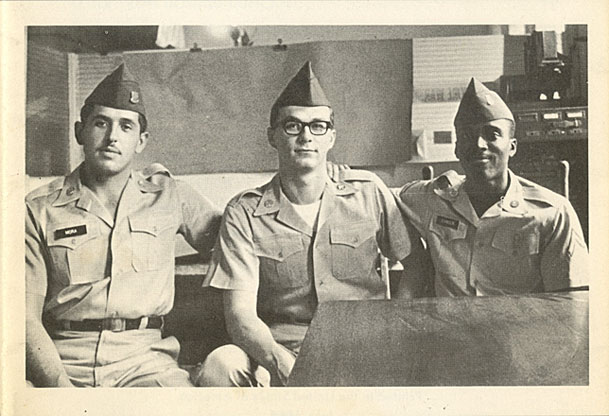
Dennis Mora
On June 30, 1966, Private Dennis Mora, a native of East Harlem, announced his refusal to deploy from Fort Hood, Texas, to Vietnam. With Private First-Class James Johnson Jr. (right)—also from Harlem—and Private David Samas (center), the “Fort Hood Three” called the war “immoral, illegal, and unjust.” Despite an organizing campaign based in New York, they served three years in federal prison. Other protests by veterans and active-duty soldiers in Vietnam followed.
Image Info: “The Ford Hood Three” (New York: Fort Hood Three Defense Committee, July 1966), Courtesy Private Collection.
Martin Luther King Jr.
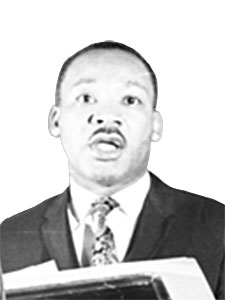
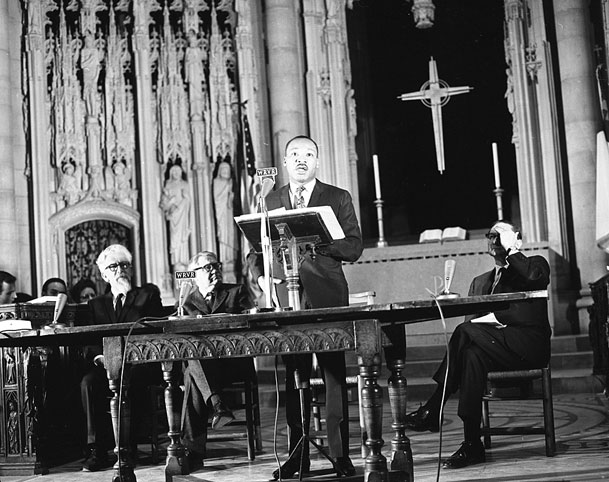
Martin Luther King Jr.
Martin Luther King Jr. delivered his watershed antiwar speech, “Beyond Vietnam,” at Riverside Church on Manhattan’s Upper West Side on April 4, 1967. King’s denunciation of “the giant triplets of racism, extreme materialism, and militarism” caused an immediate reaction: many considered it his most powerful speech, while others vilified him. King was joined at Riverside Church by (from left) Rabbi Abraham Joshua Heschel, historian Henry Steele Commager, and Union Theological Seminary President John Bennett. King was killed exactly one year later.
Image Info: John C. Goodwin, April 4, 1967, Courtesy of the Estate of John C. Goodwin.
Objects & Images
Anti-war Demonstrators Protest The Vietnam War In Bryant Park, New York, New York
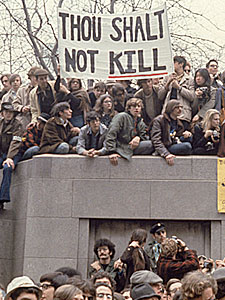
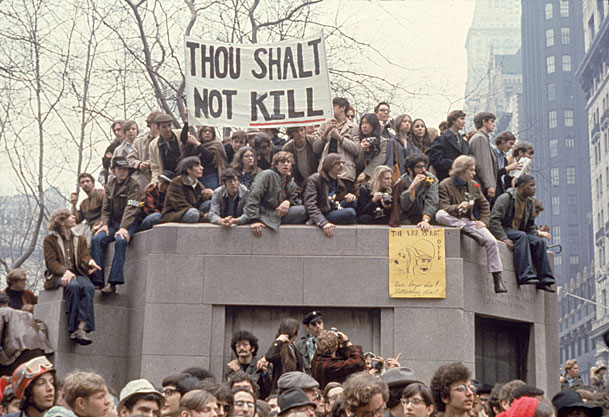
Anti-war Demonstrators Protest The Vietnam War In Bryant Park, New York, New York
This unusual color photograph shows young protesters at an April 1969 antiwar protest at Bryant Park in midtown Manhattan.
Image Info: Photo by Bernard Gotfryd, 1969, Getty Images
Flyer, “Peace Illumination Walk”
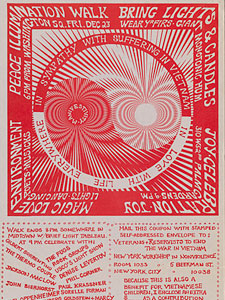
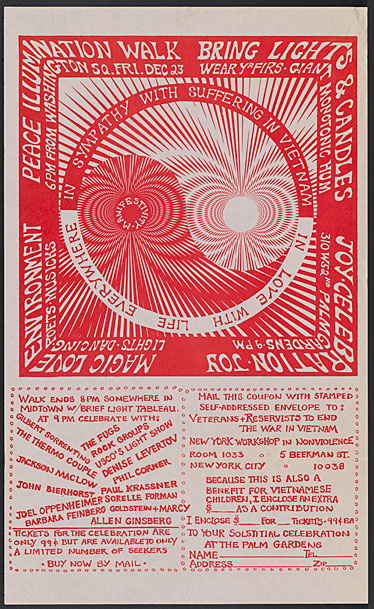
Flyer, “Peace Illumination Walk”
This psychedelic flyer captures the range of New York countercultural figures who partook in actions against the war, including the irreverent political rock group The Fugs and beat poet Allen Ginsberg.
Image Info: December 23, 1966, Museum of the City of New York, gift of Michael D. Stallman, 2017.20.59.
Antiwar Buttons
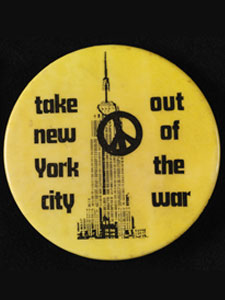
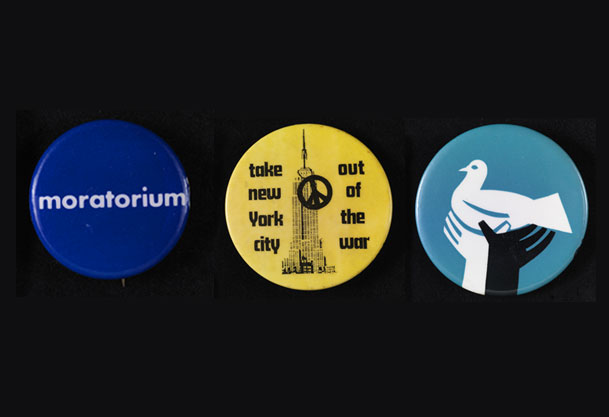
Antiwar Buttons
These buttons reflect the many New York-based groups that mobilized against the war. The Fifth Avenue Vietnam Peace Parade Committee used the dove as its emblem, while the Moratorium movement organized a global day of action on October 15, 1969.
Image Info: 1960s-1970s, Museum of the City of New York, gift of Ms. Leonore Fleischer, 92.33.8; Manuscript Collection, 96.184.42 and 96.184.43
Harlem Peace March (with Brownstones)
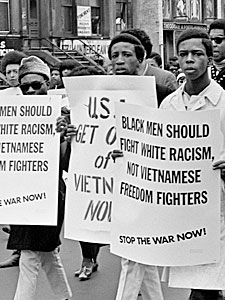
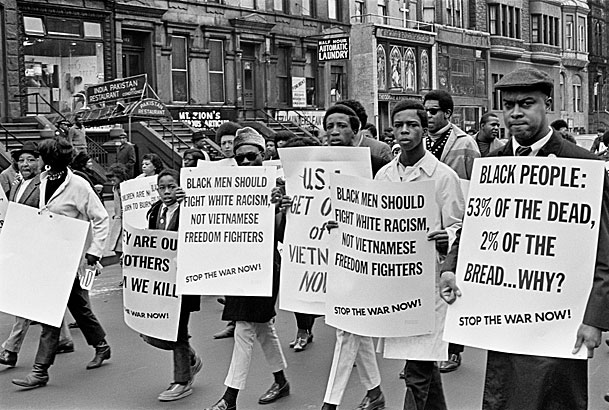
Harlem Peace March (with Brownstones)
These protesters marched with the Harlem contingent of the Spring Mobilization Committee to End the War in Vietnam on April 15, 1967. African Americans were more likely to serve in combat in Vietnam than whites: in 1967 over 64% of eligible African-American men were drafted, as compared to 31% of white men. New Yorkers of color often had fewer resources to help them avoid military service, such as college deferment or advocacy from a medical or mental health professional.
Image Info: Builder Levy, 1967, Courtesy of the photographer.
Flyer, “No Draft For Vietnam, End The War In Vietnam”
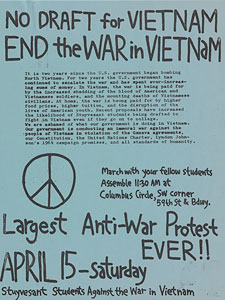
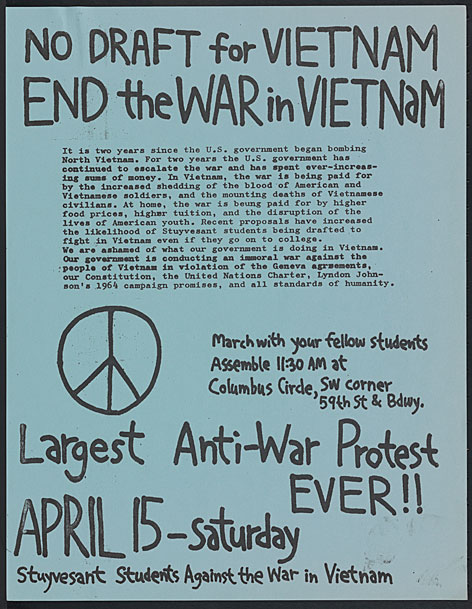
Flyer, “No Draft For Vietnam, End The War In Vietnam”
Youth led perhaps the most visible opposition to the Vietnam War in New York and beyond. Along with college students, high school students at the elite public Stuyvesant High School and at other schools across the city joined the antiwar movement by hosting rallies, participating in marches, and walking out of class.
Image Info: Stuyvesant Students Against the War in Vietnam, 1967, Museum of the City of New York, gift of Michael D. Stallman, 2017.20.60
Flyer, “Confront Racism Now!”
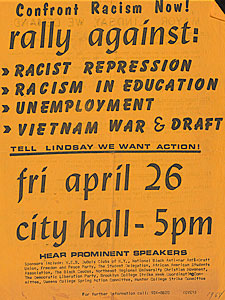
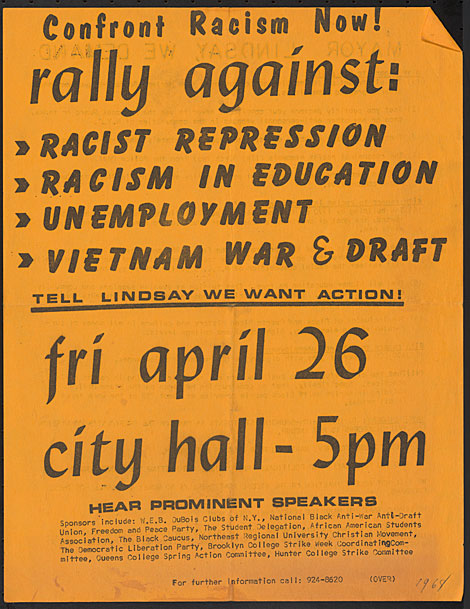
Flyer, “Confront Racism Now!”
This flyer shows how the movement against the Vietnam War intersected with struggles for economic justice and racial equality. Antiwar activists emphasized that the war took away resources for education, employment, and other Great Society initiatives in New York. Mayor John V. Lindsay, urged to take action on this flyer, also opposed the war, in part because it detracted from resources at home.
Image Info: 1968, Museum of the City of New York, gift of Michael D. Stallman, 2017.20.76.
Q. And Babies? A. And Babies.
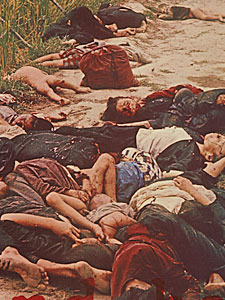
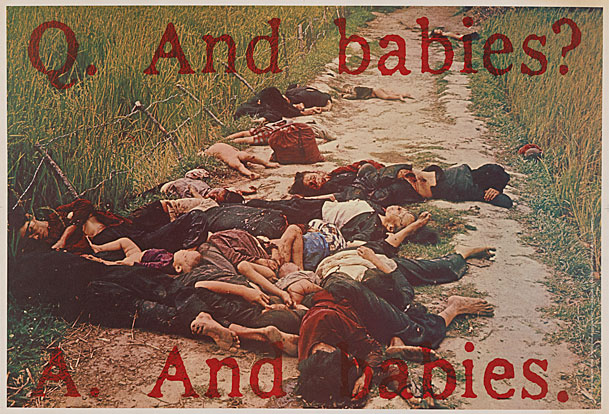
Q. And Babies? A. And Babies.
On March 16, 1968, U.S. troops killed hundreds of South Vietnamese civilians in what became known as the My Lai massacre. This graphic poster, which began as a collaboration between artists and the Museum of Modern Art before the museum left the project, combined a photograph of the massacre with an interview excerpt from an implicated American soldier. As the center of the postwar art world, New York artists opposed the Vietnam War and tied foreign events with inequality at home—including in the art world itself.
Image Info: 1970, Art Workers Coalition, (Frazier Dogherty, John Hendricks, Irving Petlin), Photo by Ronald L. Haeberle, Emilio Ambasz, Museum of the City of New York, X2018.12.34.
Pro-vietnam-war Demonstration, New York, 1970
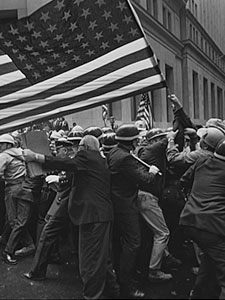
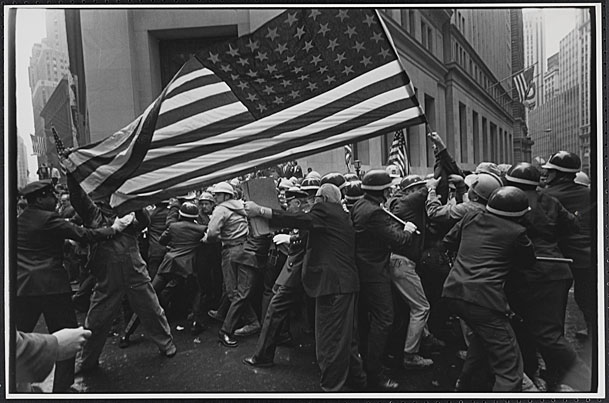
Pro-vietnam-war Demonstration, New York, 1970
Debates over the Vietnam War became increasingly acrimonious, and sometimes violent. On May 8, 1970—four days after the shooting of student antiwar protesters at Kent State University in Ohio by the National Guard—200 flag-carrying construction workers confronted student antiwar protesters on Wall Street. In the ensuing melee, which became known as the “Hard Hat Riot,” at least 70 people were injured.
Image Info: Benedict J. Fernandez, 1970, Museum of the City of New York, gift of Mr. Benedict J. Fernandez, 99.150.15.
Flyer, “Is Anti-asian Racism An Issue In The Indochina War?”
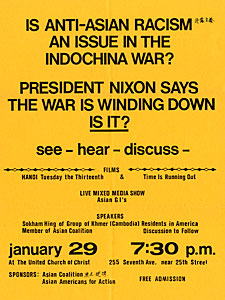
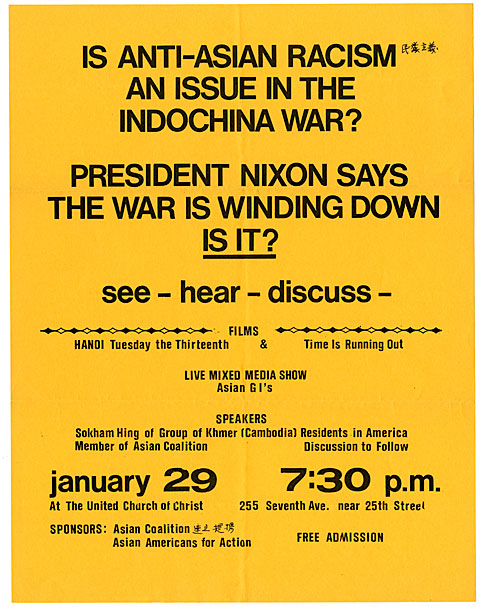
Flyer, “Is Anti-asian Racism An Issue In The Indochina War?”
The Vietnam War facilitated the emergence of a pan-Asian-American identity and movement in the United States. Many Asian-American activists connected domestic racism with foreign policies: some rejected the call to fight for democracy globally by arguing they did not experience freedom at home, while others viewed the Vietnamese as fellow people of color and victims of U.S. repression.
Image Info: ca. late 1960s-early 1970s, Courtesy the Fales Library and Special Collections, New York University.
Women Strike For Peace Protest
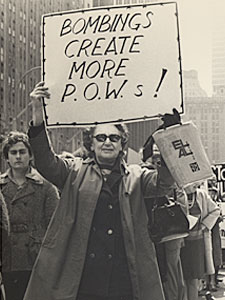
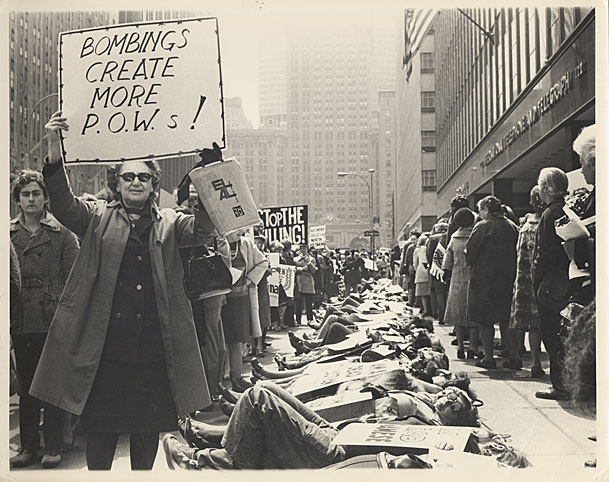
Women Strike For Peace Protest
Although they could not be drafted into the military, women played crucial organizing roles in the antiwar movement. Women Strike for Peace, founded in 1961 to advocate for peace and disarmament, formed connections with North and South Vietnamese women’s groups, blocked napalm shipments, and staged “die-ins” like this one to protest as the U.S. intervention in Southeast Asia spread to Cambodia and Laos.
Image Info: Dorothy Marder, 1972, Courtesy Swarthmore Peace Collection.
Key Events
| Global | Year | Local |
|---|---|---|
| Vietnamese troops defeat French at the Battle of Dien Bien Phu; U.S. sends first American soldiers the next year | 1954 | |
| After the Gulf of Tonkin, Congress approves increased military involvement in Vietnam and the antiwar movement emerges in response | 1964 | |
| 1967 | Martin Luther King Jr. denounces the war at Riverside | |
| Tet Offensive, My Lai massacre in Vietnam; Martin Luther King and Robert F. Kennedy assassinated; youth protests occur around the world | 1968 | |
| 1969 | Moratorium demonstrations take place in New York on October 15 and Washington, D.C. on November 15 | |
| 1970 | "Hard Hat Riot" near Wall Street | |
| 1971 | The New York Times publishes the Pentagon Papers | |
| South Vietnam surrenders to North Vietnam, the last U.S. troops depart, and the country is formally unified | 1975 |
